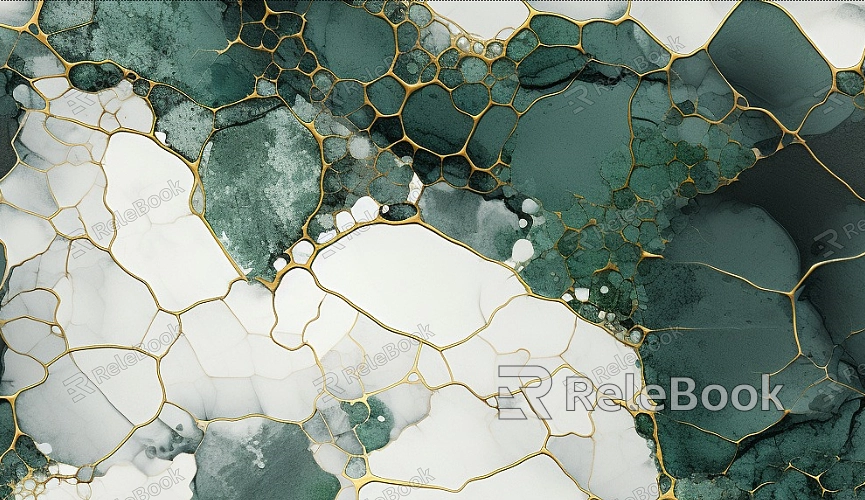How to Export a 3D Model with Textures
Whether transferring a model between software or preparing for final rendering, ensuring that textures are correctly applied to a 3D model is crucial. As someone who has been in the 3D modeling and rendering industry for years, I understand how properly exporting a 3D model with textures can prevent potential issues and boost productivity. This process is common when exporting 3D models from modeling software to rendering tools, game engines, or animation software. In this article, I will guide you through the steps of exporting a 3D model with textures, sharing essential tips and considerations to help you streamline the process and avoid common pitfalls.

1. Choose the Right File Format
The first step in exporting a 3D model with textures is selecting the correct file format. Different software and platforms support different formats, so understanding these options will help you make the best choice.
Common 3D File Formats Common file formats include OBJ, FBX, Collada (DAE), and 3DS, among others. Each format has its own strengths. For instance, OBJ is widely supported across most rendering and modeling software, and it allows for texture mapping. However, it doesn’t support complex animations or skeletal data. FBX, on the other hand, is suitable for exporting models with animations, as it can preserve textures, materials, and animation data simultaneously.
Choosing the Right Format If you only need to export the model’s geometry and textures, OBJ is often the simplest choice. If your model includes more complex data like materials, bones, and animations, FBX may be a better option. The format selection should always take into account the software you're exporting to and the requirements of your project.
2. Check Texture Mapping and UV Unwrapping
Before exporting a textured 3D model, it’s crucial to ensure that the model's texture mapping and UV unwrapping are done correctly. This step helps prevent texture errors when the model is opened in other software.
Check UV Unwrapping UV unwrapping ensures that textures are displayed correctly on the 3D model's surface. If your model doesn't have a well-done UV unwrap, you might experience issues like texture stretching or misalignment after export. Be sure to check the UV islands for correct arrangement and seamless stitching to ensure that textures fit smoothly on the surface.
Texture Paths and Formats When exporting your model, make sure all the texture files are correctly linked and that the paths are set up properly. Common texture formats include JPEG, PNG, and TIFF. If the model will be used across different software, it’s best to use lossless formats like PNG or TIFF to prevent quality loss during transfer.
3. Maintain the Link Between the Textures and Model
While exporting a 3D model with textures, it's essential to make sure that the textures remain correctly linked to the model. Here are some methods to achieve this:
Pack Textures with the Model Many 3D modeling software offer features that allow you to pack the texture files directly into the model file. For instance, in Blender, when exporting an OBJ file, you can select the "Write Materials" option to include the textures with the model. This ensures that the textures will automatically load when the model is opened in another program.
Manually Specify Texture Paths After exporting the model, you can manually adjust the texture paths to ensure the textures and model remain correctly linked. If the model is shared across different machines or teams, it’s best to bundle the texture files with the model into a single folder, and specify the texture paths in the target software when necessary.

4. Use Specialized Plugins and Tools
Some 3D modeling software and rendering engines offer specialized plugins or export tools that can simplify the process of exporting textured models. These tools not only save time but also ensure that the model and textures are correctly exported.
Blender Export Plugins Blender has several plugins available to assist with exporting 3D models with textures. For example, the "Export Paper Model" plugin allows for quick export of models with texture mapping, ensuring that the texture files are packed properly with the model.
Maya and 3ds Max Render Plugins Maya and 3ds Max also offer specialized render and export plugins that support various file formats and texture settings. These plugins can help you automatically adjust texture paths, ensuring that the exported model is seamlessly loaded in other software.
5. Pay Attention to Texture Resolution and Optimization
When exporting a 3D model with textures, it’s important to consider not only texture quality but also texture resolution and optimization. Large texture files can affect rendering efficiency, while overly small textures may result in a loss of detail.
Control Texture Resolution Adjust the texture resolution based on the model’s intended use. For models that will be viewed up close, higher resolution textures may be necessary. For background or distant objects, lower resolution textures can improve rendering efficiency.
Texture Compression and Format Optimization In cases where high rendering performance is required, you can compress textures or select suitable formats to optimize loading times. Common texture compression formats include DDS and KTX, which are often used for models in game engines.
If you’re looking for high-quality 3D textures, SketchUp models, or 3ds Max assets to build your models and virtual scenes, platforms like Relebook offer a rich collection to help you achieve outstanding visual results in your projects.
By following these guidelines, you can confidently export 3D models with textures, ensuring that they retain their integrity across different software platforms. If you need more resources or tips on 3D modeling and rendering, don’t forget to explore Relebook for more inspiration and support.

